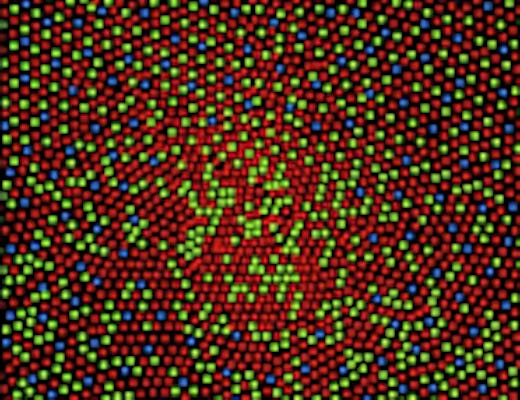Measuring Flicker to Improve LED Lighting
Watch slow-motion video shot under artificial lighting, and you’ll likely notice that the lights pulsate or “flicker” at very a certain rate. Although at normal speed, this flickering cannot be seen, it still is a significant quality issue of lighting productions – particularly when it comes to LED lighting. To address quality concerns, there are a number of solutions currently available for measuring flicker.

One of the primary causes of flicker is an alternating power current, specifically how it leads to a conflict between the supply from the mains and the supply for the light. At times where incandescent lamps were widely used, flicker caused by AC has not been an issue at all as these light sources are typically too slow to respond. A few decades ago when fluorescent lights were introduced, the topic of flicker became more and more important. Recent advances have addressed the issue to some degree. Now, the focus on fixing and measuring flicker has primarily shifted to LEDs.
LEDs further complicate the issue of flicker because of shifting power needs and complexity due to the combination of multiple LEDs. Although multiple LEDs in different colors allow creating unlimited different colors and scenes with light sources, it’s complexity increases. Not only driving the separate LED colors with PWM can be a cause of flicker, but also the combination of multiple frequencies as well as other electronic components used for wireless communication for example. While flicker metrics can be useful, they are not always used to check lighting products. In most cases, only few samples or LED light bulbs are measured completely in terms of light, color and flicker.
Although LEDs are typically driven at frequencies that are not visible for the human eye, it still may cause problems like stroboscopic effects which can cause non-visual discomfort but may also be very dangerous. For example in workshops with rotating or moving machinery where invisible flicker may cause objects to appear idle.
Measuring Flicker
Typically, measuring flicker involves the use of a photodetector that is made for high-speed measurement and closely matches the spectral perception of the human eye. The photodetector is linked to electronics that record the electrical signal produced by the photodetector. The signal can then be processed using various algorithms to generate flicker metrics such as percent flicker or flicker index and newer recommendations like IEEE PAR 1789.
Newer ways of measuring flicker attempt to overcome the drawbacks of device-based techniques while complementing the practicality and usefulness of the direct observation. These methods rely on more advanced algorithms and take into account frequency-specific measurements. This system allows for greater importance to be placed on frequencies of interest, like visible frequencies or those likely to cause headaches and discomfort.
These techniques are mean to account for both stroboscopic flicker and transient flicker. They can also account for differing thresholds based on lighting applications.
Measuring Flicker at Admesy
Admesy supply a range of products that can be used to measure flicker and reduce its effects. If you would like any more information about our solutions, please contact us.

